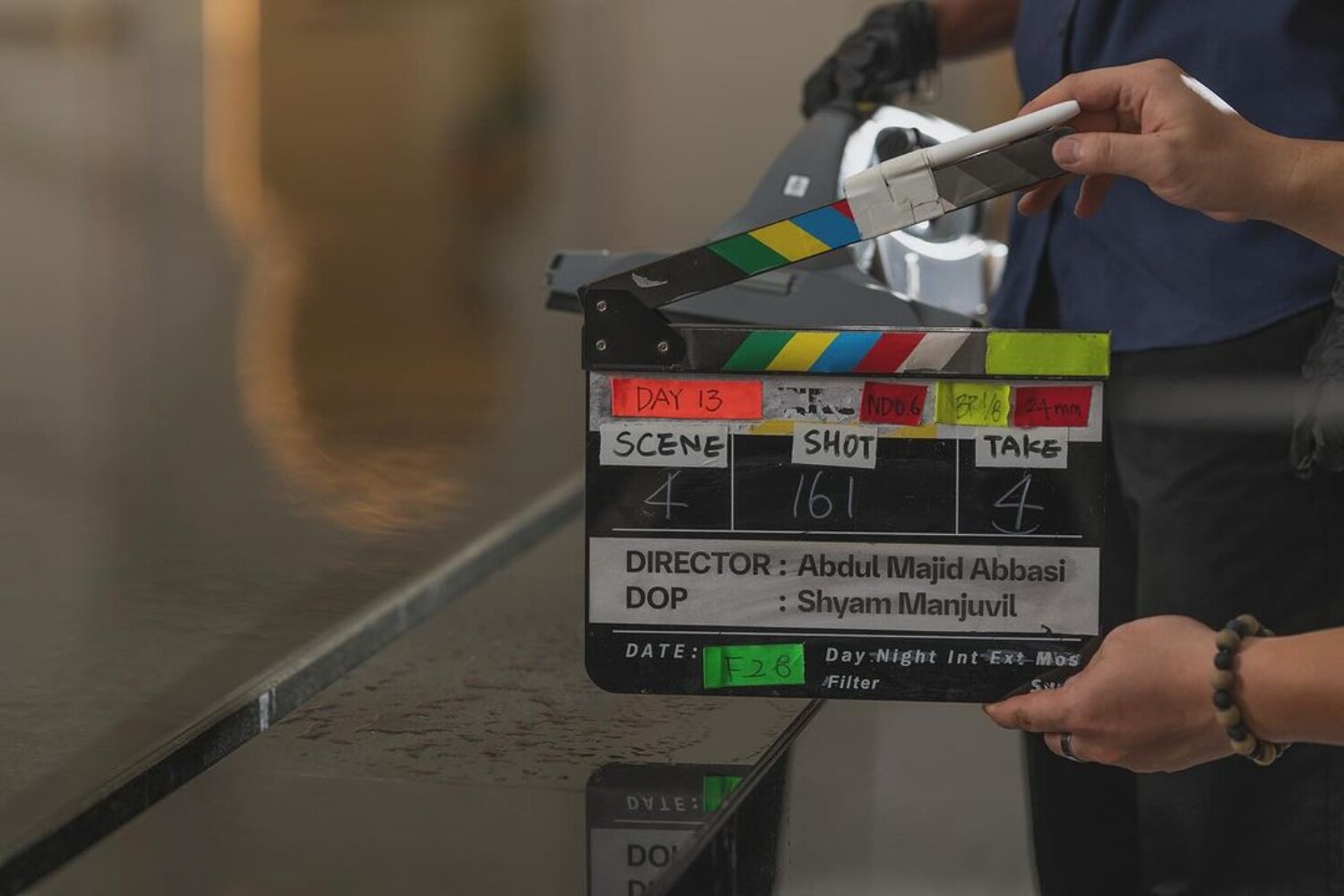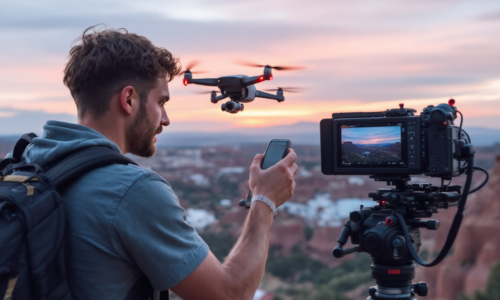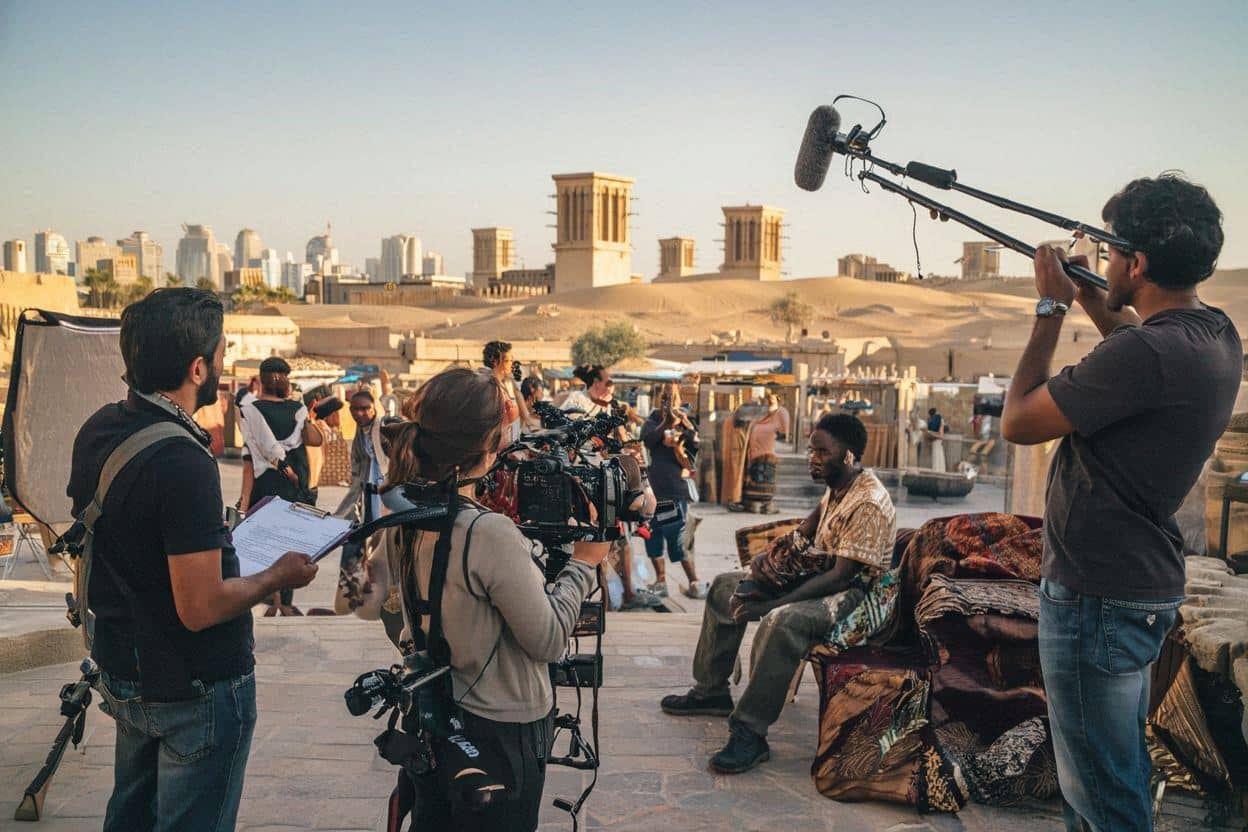The Role of Technology in Revolutionizing Media Production
Technology has transformed the media production landscape, empowering creators to craft compelling narratives with unprecedented efficiency. Dive into the role of technology in revolutionizing media production and discover how innovative tools are shaping the future of storytelling
In the fast-paced world of media production, technology has emerged as a game-changer, revolutionizing how stories are told and content is created. From pre-production to post-production, innovative tools and platforms are empowering creators to push the boundaries of storytelling, streamline workflows, and reach audiences in new and exciting ways. In this blog, we’ll explore the role of technology in revolutionizing media production and examine how it’s shaping the future of the industry.
Pre-Production: Streamlining Planning and Collaboration
The impact of technology on media production starts well before the cameras begin to roll. During the pre-production phase, tools such as Trello, Asana, and Monday.com have changed how teams plan, collaborate, and manage their projects. These platforms enable producers, directors, and crew members to organize tasks, exchange ideas, and monitor progress in real-time, making sure that everyone is aligned from the very beginning.
As filmmaker and technology advocate Casey Neistat puts it, “The ability to collaborate and plan efficiently is crucial in media production. Technology has given us the tools to do that better than ever before.”
Production: Enhancing Creativity and Efficiency
During the production phase, technology plays a vital role in enhancing creativity and improving efficiency. High-quality cameras like the Blackmagic Ursa Mini Pro and the Sony A7S III have made it possible for filmmakers to capture stunning visuals at a fraction of the cost of traditional film equipment. Drones, such as the DJI Inspire 2, have opened up new possibilities for aerial cinematography, allowing creators to capture breathtaking shots that were once only achievable with expensive helicopter rentals. Moreover, tools like the ARRI Alexa Mini have revolutionized the way filmmakers approach lighting and color grading, giving them greater control over the look and feel of their projects. As cinematographer Roger Deakins notes, “Technology has given us the ability to create images that were once impossible to achieve. It’s an exciting time for filmmakers.”
Post-Production: Streamlining Editing and VFX
In the post-production phase, technology has transformed the way editors and visual effects artists work. Software like Adobe Premiere Pro, Avid Media Composer, and Final Cut Pro X have made it easier than ever to edit footage, add effects, and create polished final products. The rise of cloud-based collaboration tools like Frame.io and Wipster has also made it possible for teams to work together seamlessly, regardless of their physical location.Furthermore, the advent of affordable and accessible visual effects software like Adobe After Effects and Blender has democratized the world of VFX, allowing creators to bring their wildest ideas to life without breaking the bank. As VFX artist and filmmaker Zach King states, “Technology has leveled the playing field in post-production. Now, anyone with a computer and a creative vision can create stunning visual effects
Distribution: Reaching Audiences Worldwide
The role of technology in revolutionizing media production extends beyond the creation process to the way content is distributed and consumed. Platforms like YouTube, Vimeo, and Netflix have made it possible for filmmakers to reach global audiences with just a few clicks. Social media platforms like Instagram and TikTok have also emerged as powerful tools for promoting and sharing media content, allowing creators to engage with their audiences in new and interactive ways. As filmmaker and YouTube star Peter McKinnon observes, “Technology has given us the ability to reach audiences worldwide without the need for traditional distribution channels. It’s an incredible time to be a content creator.”
The role of technology in revolutionizing media production cannot be overstated. From streamlining pre-production and enhancing creativity during production to simplifying post-production and expanding distribution opportunities, technology has transformed every aspect of the media production process. As tools and platforms continue to evolve, it’s clear that the future of media production is bright, with endless possibilities for creators to tell compelling stories and engage audiences in new and exciting ways








